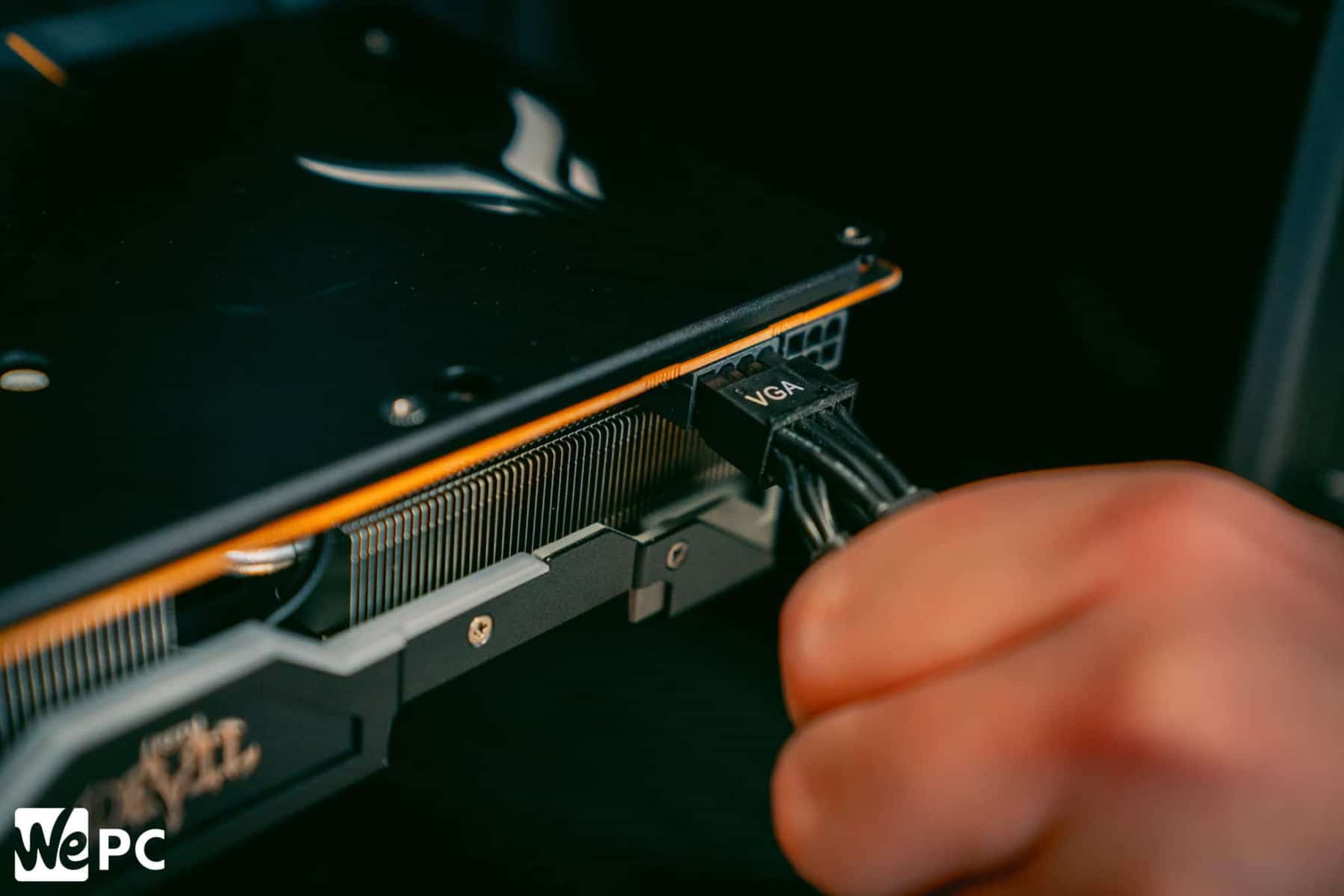Table of Contents
If your GPU isn’t appearing in Device Manager, it can be frustrating. This guide explains common reasons and easy solutions to help you fix the issue.
If your GPU (Graphics Processing Unit) is not showing up in Device Manager, it can cause many problems. You may not be able to play games or run graphic-heavy applications. This guide will help you understand why this happens and how to fix it
Common Reasons Your GPU Isn’t Showing Up:

Loose Connections:
One of the simplest reasons is a loose connection. If you installed your GPU yourself, it might not be seated correctly. A loose cable can also cause issues. Make sure everything is plugged in tightly.
BIOS Settings:
The BIOS (Basic Input/Output System) controls many hardware settings. If your GPU is not selected as the primary graphics device, it won’t show up. You may need to check your BIOS settings.
Driver Issues:
Drivers are software that help your operating system communicate with hardware. If your GPU drivers are outdated or corrupted, your GPU may not appear in Device Manager. Updating or reinstalling the drivers can often solve this problem.
Windows Updates:
Windows updates are important for your system. Sometimes, if Windows is not up to date, it can cause hardware recognition issues. Make sure your operating system is updated.
Faulty Hardware:
Sometimes, the GPU itself may be faulty. If you can, test the GPU in another computer. If it doesn’t work there, it may need to be replaced.
Integrated Graphics:
Many CPUs come with built-in graphics. If your system defaults to integrated graphics, your dedicated GPU might not show up. You may need to change some settings to switch to your dedicated GPU.
Steps to Troubleshoot Your GPU:
Check Physical Connections:
- Power Down Your PC: Turn off your computer and unplug it.
- Open the Case: Use a screwdriver to open your computer case.
- Reseat the GPU: Carefully remove the GPU and put it back in the PCIe slot. Make sure it’s secure.
- Check Power Cables: Ensure all power cables are firmly connected
Verify BIOS Settings:
- Enter BIOS: Restart your computer. Press the designated key (often Delete or F2) to enter BIOS.
- Check Graphics Settings: Look for graphics settings. Ensure the dedicated GPU is selected as the primary device.
- Save Changes: If you make any changes, save them and exit.
Read More: Is Streaming CPU or GPU Intensive – A Complete Guide Of 2024!
Update GPU Drivers:
- Go to Manufacturer’s Website: Visit the website of your GPU manufacturer (like NVIDIA or AMD).
- Download Latest Drivers: Find the latest drivers for your GPU model.
- Uninstall Old Drivers: Use Display Driver Uninstaller (DDU) to completely remove old drivers.
- Install New Drivers: Install the new drivers you just downloaded.
Check for Windows Updates:

- Go to Settings: Click on the Start menu and go to Settings.
- Select Update & Security: Click on “Update & Security.”
- Check for Updates: Click “Check for updates” and install any available updates.
- Restart Your Computer: Restart to ensure all updates take effect.
- Remove the GPU: Carefully take out the GPU from your system.
- Install in Another Computer: Place the GPU in a working computer to see if it gets recognized.
- Check Functionality: If it works, your original system may have issues. If not, the GPU may be faulty.
Consult Technical Support:
If you’ve tried everything and your GPU still isn’t showing up, it might be time to seek help.
- Contact Manufacturer Support: Reach out to the support team of your GPU manufacturer. They may have additional troubleshooting steps.
- Visit a Local Repair Shop: If you’re still having issues, consider taking your computer to a professional repair shop.
Additional Tips:
- Use System Information Tool: You can check the System Information tool in Windows to see if the GPU is detected. Type “msinfo32” in the Run dialog (Win + R) and look under “Components” > “Display.”
- Check Power Supply: Make sure your power supply is adequate for your GPU. A weak PSU can cause the GPU to not function properly.
- Reset BIOS Settings: If you’ve made changes in BIOS, you can reset to default settings and see if that resolves the issue.
- Look for Physical Damage: Inspect your GPU for any signs of physical damage, like burnt components or a damaged PCIe connector.
- Avoid Overheating: Ensure your computer has good airflow. Overheating can cause the GPU to malfunction.
FAQs:
1. What should I do first if my GPU isn’t showing up?
Start by checking physical connections. Ensure that the GPU is securely seated in the PCIe slot and that all power cables are properly connected.
2. How can I check if my GPU is detected at all?
You can use the System Information tool. Press Win + R, type “msinfo32,” and check under “Components” > “Display.” This will show if your GPU is recognized by the system.
3. What if Windows is not detecting my GPU after updates?
If your GPU isn’t detected after updates, try uninstalling and reinstalling the GPU drivers, or check the BIOS settings to ensure the GPU is enabled.
4. Can integrated graphics prevent my GPU from showing up?
Yes, if your system defaults to integrated graphics, your dedicated GPU may not appear. You can change this setting in the BIOS.
5. Should I seek professional help if I can’t fix the issue?
If you’ve tried all troubleshooting steps and your GPU still isn’t showing up, consulting technical support or a professional repair shop is recommended.
Conclusion:
If your GPU isn’t showing up in Device Manager, don’t panic. Follow the troubleshooting steps outlined above to find the issue. Whether it’s a loose connection, driver issue, or faulty hardware, you can often solve it. If all else fails, seek professional help to get back to gaming or graphic work in no time!
